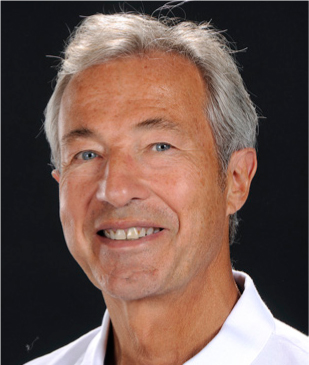Article

The thing I have most loved about orthodontics is that there are always new clinical challenges and innovative techniques to push forward the frontiers of the specialty. There is always something to pique the interest of enthusiastic orthodontists who still get excited about the mechanics and details of tooth moving.
TADs have been a ‘game changer’ throughout my career. Whilst previously I firmly believed that it was essential for every orthodontic postgraduate to be completely fluent in fitting and the use of of headgear, in all its shapes and sizes, I am not now convinced that this is still essential. Certainly, the average British patient is generally relatively unimpressed with the whole headgear proposition, unlike many of their European and North American counterparts … or so we are led to believe!
Of course, there is always the occasional patient, usually home-schooled, or the offspring of a teacher, for whom the possibility of extraction of healthy teeth is completely unimaginable. We have all heard that ‘Cynthia or Cedric couldn't possibly have healthy teeth removed unnecessarily!’ For these challenging cases, if treatment is thought necessary, headgear might be the only possibility for meeting the patients' (and parents) wishes, but also providing the requisite space to distalize the buccal segments sufficiently, to allow for full correction of the malocclusion to Class I. For all the rest, judicious use of TADs, with or without extractions, makes the need for teaching, and learning, the ‘art of headgear’ virtually redundant. With minimum effort, particularly from the patient, TADs can offer a solution to a myriad of problems.
Another potential ‘game changer’ for me over the last four or five years is the Mesialiser, which has drastically changed our approach to patients with congenital absence of teeth. First suggested by Bjorn Ludwig, that master clinician and expert of all techniques associated with TADs, this device provides an opportunity to close space from behind without the unwelcome loss of anterior anchorage and retraction of the front teeth. Together with the rest of my Hypodontia team, we now aim to close anterior spaces wherever possible, thus removing the need for planning adhesive bridges or osseointegrated implants in many cases, and saving the patient from a lifetime of complex and expensive restorative dentistry.
What greater gift … ?
